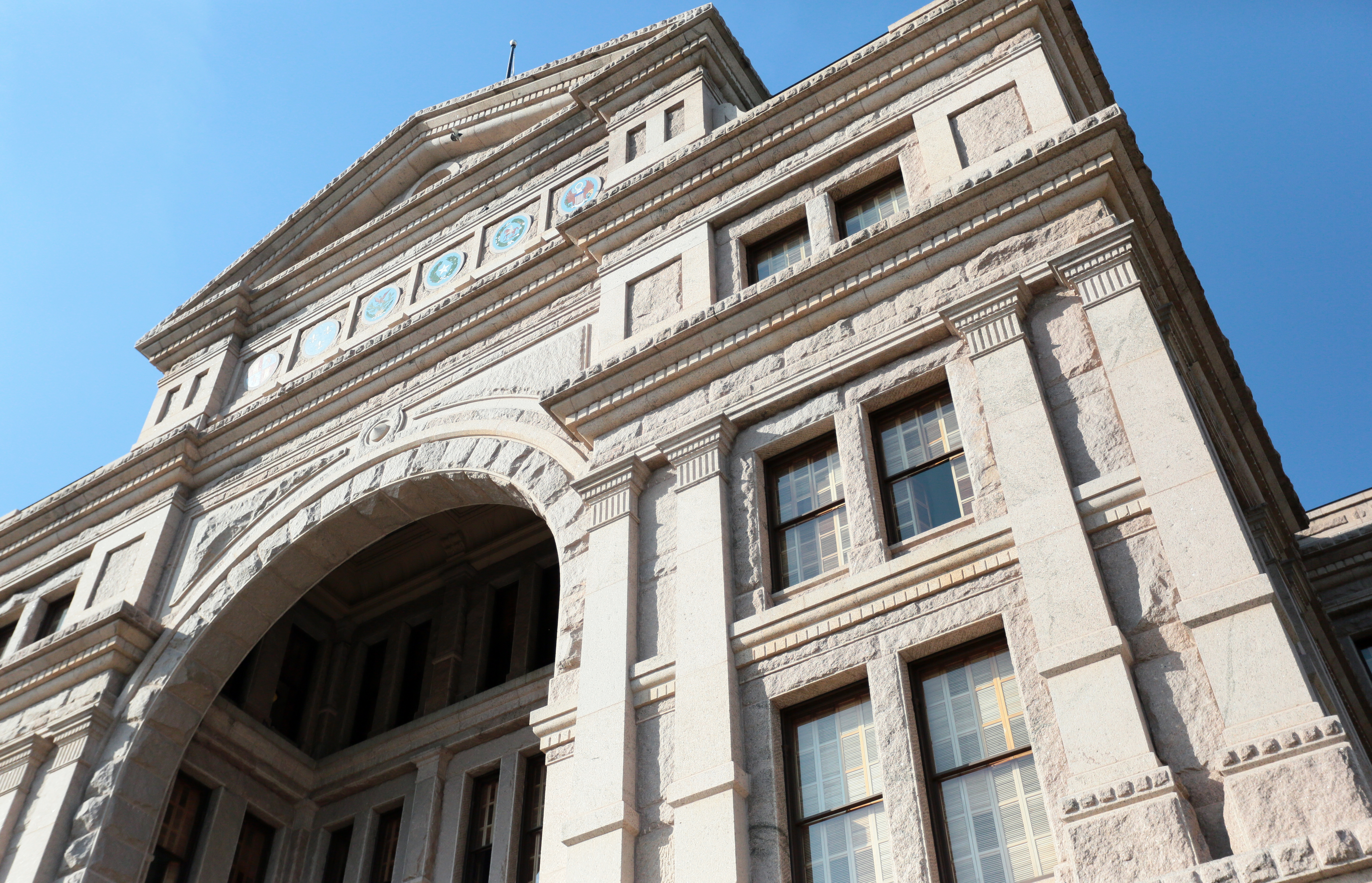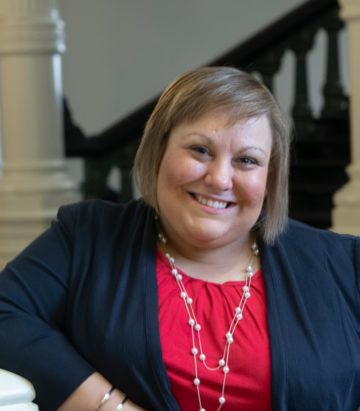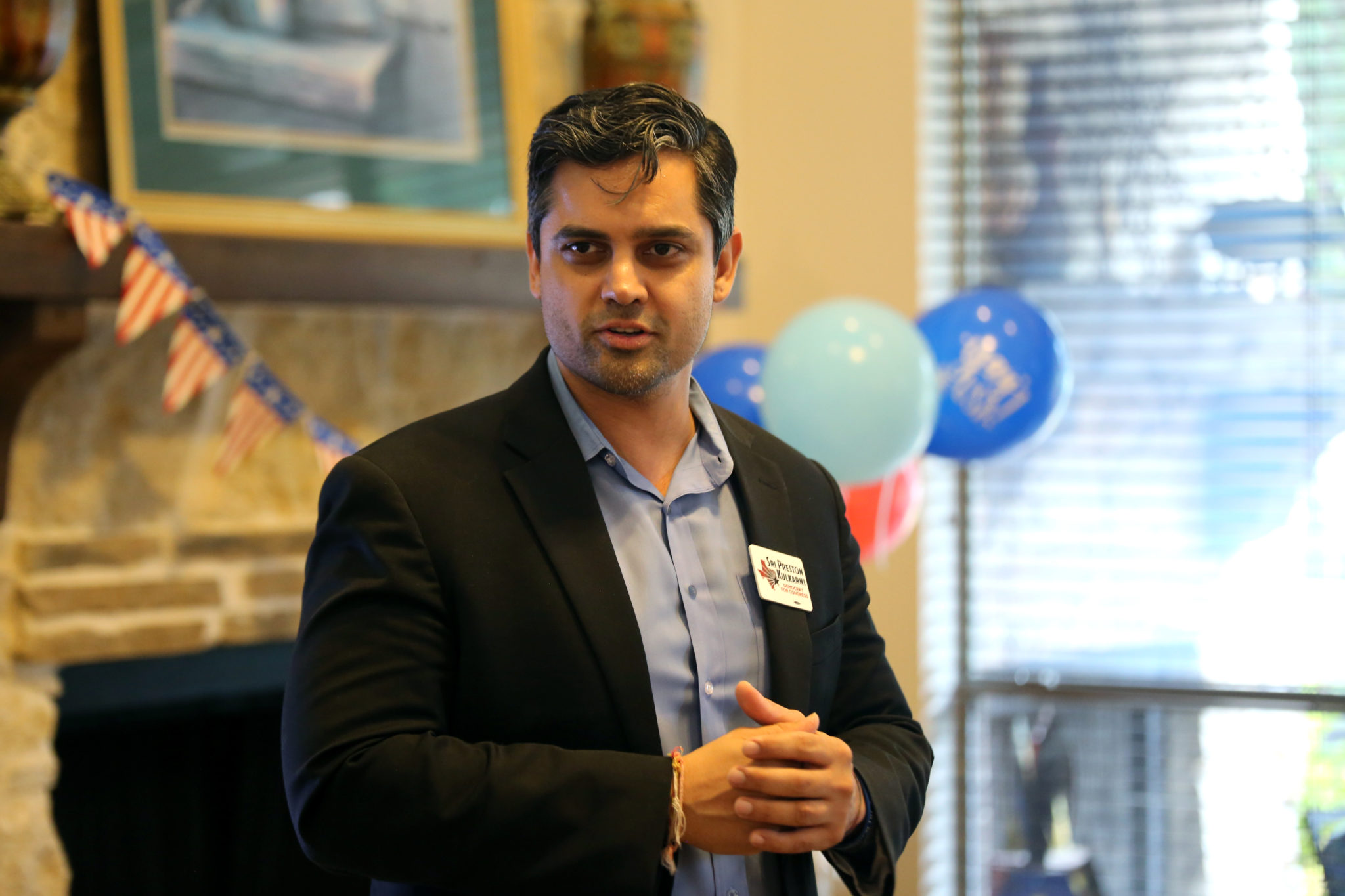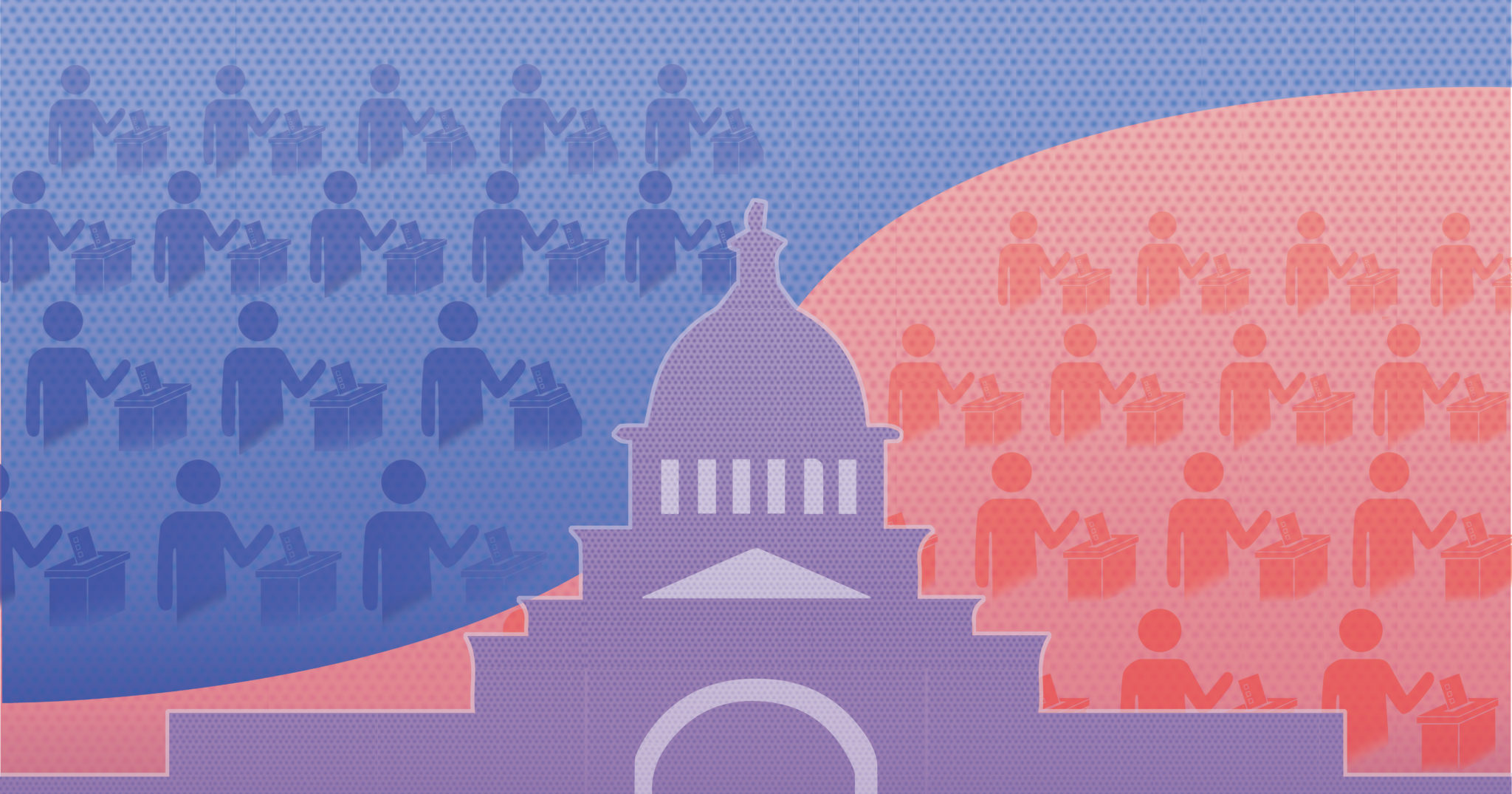
Will a High-Stakes Suburban Houston State House Race Give Texas Dems 2020 Vision?
A sole suburban legislative seat in Texas is up for grabs in November, providing a glimpse at Democrats’ 2020 effort to expand control of the suburbs and take control of the state House.

Above: Democrats see a suburban special election in November as a critical bellwether for their aggressive 2020 plan to take control of the Texas House.
Before the 2018 midterms, Texas Democrats targeted a long list of state House Republicans in urban and suburban seats that were won—or nearly won—by Hillary Clinton in 2016. But House District 28 in suburban Houston was nowhere near the top of that list; Donald Trump had handily won the district by 10 percentage points.
The longtime incumbent, John Zerwas, was an influential and well-respected Republican who chaired the House appropriations committee. He hadn’t faced a Democratic challenger since 2010, when he won more than 70 percent of the vote. So even as Democrats ousted a dozen sitting House Republicans in the 2018 midterms, including some in nearby suburban districts, Zerwas withstood the blue wave and beat his Democratic opponent by 8 percentage points.

Then, surprisingly, Zerwas retired after the 2019 Legislative session, putting a valuable GOP seat up for grabs in an off-year special election. Now, this swath of suburban turf in an affluent corner of the southwest Houston metro is one of the hottest pieces of political real estate in Texas. One Democratic candidate and six Republicans are vying for control of the seat.
The stakes of the race are high. Democrats see it as a critical bellwether for their aggressive 2020 plan to further their advance through the suburbs and take control of the Texas House for the first time in nearly two decades (the Dems need to pick up nine seats to claim this victory). For Republicans, it’s a do-or-die chance to stop the bleeding, quell internal anxieties, and fortify its reign in the land of blue-ribbon schools, cul-de-sacs, and subdivision sprawl.
“If we can flip this seat … that will really send a clear signal that there’s a blue shift happening within the state,” Eliz Markowitz, the sole Democratic candidate in the race, told the Observer.
The district is centered in Fort Bend County—one of the fastest growing and most diverse counties in the United States—and includes the booming suburbs of Katy and Fulshear and manicured master-planned communities like Cinco Ranch and Mission Bend.
A swath of suburban turf in an affluent corner of the southwest Houston metro is one of the hottest pieces of political real estate in Texas.
Not so long ago, Fort Bend County was the political homebase for powerful U.S. House Majority Leader Tom DeLay and the epicenter of the party’s hardline conservative base. But demographic change and the rise of Trumpism has fomented a rapid shift in the suburban political landscape, loosening the Republican Party’s grip.
Hillary Clinton shocked Texas political observers when she handily won Fort Bend County in 2016; Beto O’Rourke proved that the shift wasn’t a fluke when he trounced Ted Cruz there in 2018. That same year, Democrat Sri Kulkarni ran an innovative campaign in DeLay’s old Congressional district—the 22nd, centered in Fort Bend—that sought to mobilize the area’s large South Asian immigrant population. He came within 5 percentage points of beating tea party conservative Pete Olson. The close call scared Olson into retirement and the district is now a top target for national Democrats in 2020.
At a recent Austin fundraiser, Democratic National Committee Chair Tom Perez gleefully boasted about his party’s gains in the backyard of a loathsome political foe. “This ain’t Tom DeLay’s Fort Bend County anymore,” he said.
This is an existential concern for top Republican leaders. “With all due respect to Trump, who I love by the way—he’s killing us in the urban-suburban districts,” Dennis Bonnen, the soon-to-be-former Texas House speaker, recently admitted in a secret recorded conversation with a conservative activist.

The special election offers a taste of the abundant national resources that are expected to flood into the state as the 2020 elections ramp up. Markowitz’s campaign has raised an astounding $300,000, more than the three leading GOP candidates combined. Tens of thousands of dollars have poured in from national Democratic groups like the Democratic Legislative Campaign Committee and the National Democratic Redistricting Committee, a new organization led by former Attorney General Eric Holder. A Democratic super PAC is even running pro-Markowitz TV ads.
But the state GOP isn’t ceding the suburbs without a fight. Republicans see the battle for this district as a chance to “stand our ground” and prove that—despite Democratic inroads—Texas suburbs are still a bastion for conservatism. As Fort Bend County Republican Party Chair Linda Howell told the Texas Tribune, House District 28 “is our Alamo and we will defend it.” Despite the blue-ing of Fort Bend County, the district includes many of the more conservative parts of the county. While O’Rourke made significant headway in the district, Cruz still narrowly won it in 2018 by a couple thousand votes.
But the area’s rapid population growth and unpredictable dynamics of a special election in an off-year have Democrats feeling good about their odds. Markowitz has the Democratic field to herself, which has allowed her to focus on mainstream issues like public education, health care, and flood control; the six Republican candidates, meanwhile, have to duke it out in an ideological battle royale. It’s not likely that Markowitz reaches the 50 percent threshold needed to win the special election outright, but she is likely to advance into a one-on-one runoff with the leading Republican.
In this suburban special election, Democrats are licking their finger and sticking it in the air. Of course, turnout in this off-year race will likely be just a fraction of what will come in a presidential cycle, making the results a less effective weathervane. But at the very least, it’ll show which way the political winds are blowing.
Read more from the Observer:
-
The Ghosts of Jefferson: This East Texas tourist town calls itself “the most haunted town in Texas,” but its whitewashed ghost stories elide a complex racial history.
-
The World’s Briscoe Cain Problem: The far-right Texas lawmaker and other political trolls are holding us hostage to the idea that the world is more chaotic, unfixable, and stupid than it is.
-
Author Saeed Jones on Empathy, the Power of Memoir, and Growing up Gay in North Texas: “My mission has always been to help people understand that we are never alone in the world.”


